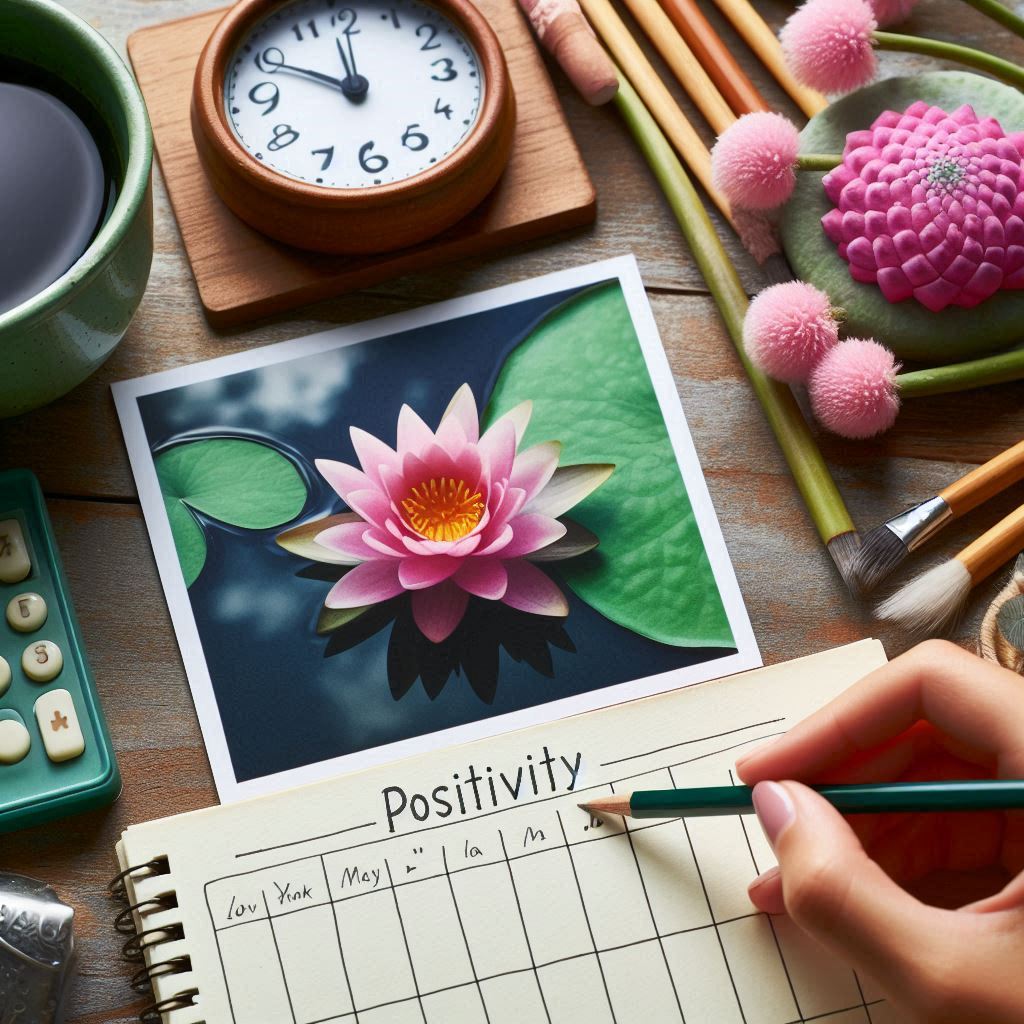What is Body Awareness?
Body awareness, also known as kinesthesia, is the conscious recognition of our body's position and movement in space. It involves the proprioceptive system, which tells us where our muscles are moving and how, and the vestibular system, which helps us maintain balance and spatial orientation. Essentially, body awareness is about being in tune with our physical self and understanding the messages our body sends us.
When we develop body awareness, we create a stronger connection between mind and body, allowing us to:
- Recognize sensations of tension, discomfort, or ease
- Notice how emotions manifest physically in our bodies
- Respond appropriately to physical needs before they become problems
- Move with greater ease and efficiency in daily activities
The Benefits of Body Awareness
Practicing body awareness can lead to numerous physical and emotional benefits:
- Improved Balance and Stability: By being aware of our body's position, we can better control our movements and maintain balance, reducing the risk of falls and injuries.
- Enhanced Emotional Regulation: Understanding our body's signals can help us manage our emotions more effectively. For example, recognizing rising tension in the shoulders as a sign of stress allows us to address the emotion before it overwhelms us.
- Pain Management: Mindful body awareness can reduce pain by helping us recognize and address bodily sensations without judgment. This approach has been shown to be effective for chronic pain conditions.
- Better Self-Care: By listening to our body's cues, we can better meet our needs, whether it's hunger, thirst, rest, or emotional support. This promotes overall health and prevents burnout.
- Stress Reduction: Body awareness helps identify the early physical signs of stress, allowing for timely intervention with relaxation techniques.
- Improved Posture: Greater awareness of how we hold our bodies leads to better posture, which can prevent back pain and other musculoskeletal issues.
How to Practice Body Awareness
Here are some practical steps to help you cultivate body awareness:
- Body Scan Meditation: This involves systematically focusing on different parts of your body, noticing any sensations, tension, or discomfort. Start from your toes and move up to your head, observing without judgment. Spend 10-20 minutes on this practice daily for best results.
- Mindful Movement: Engage in activities like yoga, tai chi, or mindful walking. Pay attention to how your body moves and the sensations you feel during these activities. Notice the weight shifts, muscle engagement, and balance points.
- Breath Awareness: Focus on your breath and notice how it feels as it moves in and out of your body. Observe how your chest, abdomen, and shoulders move with each breath. This can help you stay grounded and connected to your physical self.
- Daily Check-Ins: Take a few moments throughout the day to check in with your body. Notice any areas of tension or discomfort and take steps to address them. Ask yourself: "What is my body telling me right now?"
- Progressive Muscle Relaxation: Systematically tense and then release different muscle groups throughout your body. This practice increases awareness of the contrast between tension and relaxation.
Everyday Body Awareness
Incorporating body awareness into your daily life can be simple and effective. Here are some ways to practice it in everyday situations:
- While Eating: Pay attention to the taste, texture, and smell of your food. Notice how your body feels before, during, and after eating. Are you truly hungry? Do you feel satisfied or uncomfortably full?
- During Exercise: Focus on how your body feels during physical activity. Notice your muscles, joints, and breath as you move. This can help prevent injury and optimize your workout.
- At Work: Take breaks to stretch and move around. Notice how your body feels after sitting for long periods and make adjustments as needed. Be aware of tension in your neck, shoulders, or back.
- Before Sleep: Do a brief body scan before bed to release tension and prepare for restful sleep. Notice what parts of your body hold the day's stress.
- During Emotional Moments: When you experience strong emotions, notice how they manifest in your body. Does anxiety create butterflies in your stomach? Does anger create tension in your jaw?

